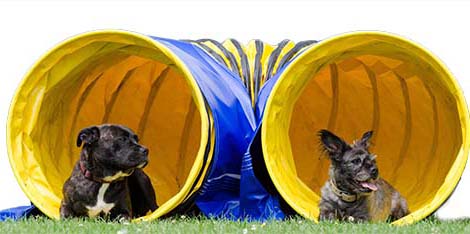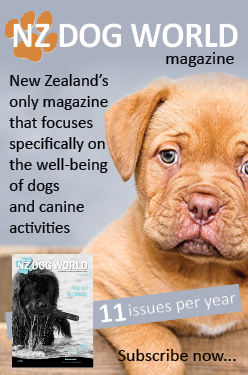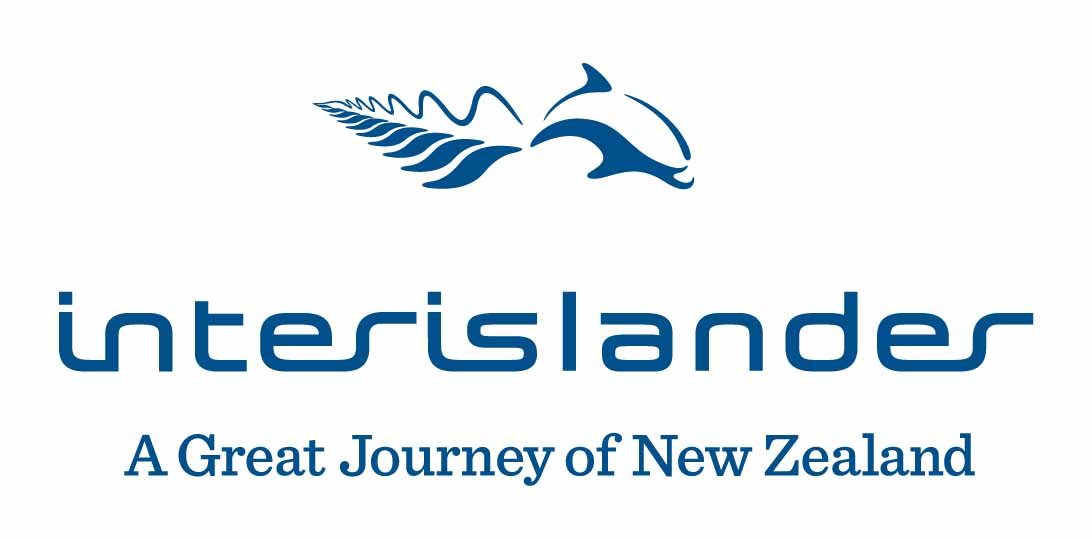Agility Shows
What is Agility?
Where it began
- Ribbon Trial - Ribbon trials are informal events held by clubs and are a great place to start competing. Entry for ribbon trials are on the day of the event. In a ribbon trial an additional level (Elementary) is always run. This is for the very beginner dog and handler and contains the easiest equipment for dogs to master. Ribbons are awarded to winners and placegetters.
- Championship Event - A championship show is a higher level event and would normally be entered after gaining some experience at Ribbon Trials. Championship Events must be pre-entered, with entries usually closing at least two weeks before the event. Handlers must belong to the NZKC and an NZKC member club in order to enter. Major dog food manufacturers usually sponsor these events and prizes are provided.
Walk the Course - An agility course consists of 10 to 25 obstacles of varying types, depending on the accomplishment level of the dog. Prior to an agility class commencing, handlers only (no dogs) are allowed to walk the course. Handlers walk the course to familiarise themselves with the layout and flow of the obstacles. Most handlers will walk or run the course several times looking for potential challenges for themselves and their dogs. Based on their previous experiences, handlers will plan their own strategy to handle the challenges set forth by the judge.
The Competition Runs - Agility dogs run their courses off-lead, under the direction of their handler. The object is to complete the course, firstly with no mistakes and secondly, in the fastest time possible. Electronic timers are used to record the dog's time on the course, i.e. from the time when the dog begins at the first obstacle until it completes the final obstacle. A judge will assess the dog's performance as it runs, signalling any penalty points that may be incurred for completing an obstacle incorrectly or inaccurately, or refusing to complete an obstacle. Once the dog's run is finished, it's score (i.e. penalty points and time) is posted for competitors to view their placement and to see if their round earned them a qualifying leg towards promotion to a higher level, or towards an agility title.
The Judge - Each judge designs unique courses for each event run. The judge is responsible for monitoring the final set-up of the course ensuring it matches their layout and then measures the course for an accurate metreage to determine the standard course time (the time within which the course must be completed, otherwise over-time penalties are incurred). Judges are dedicated agility enthusiasts who enjoy both competing and creating courses. They have to pass an exam and meet other requirements in order to become an Agility judge.
Faults - Course faults are incurred each time the dog completes an obstacle incorrectly or inaccurately, for example, if a dogs knocks over a piece of equipment that it is required to jump, or misses the touch-point on obstacles it is required to run up and down on. If a dog runs past an obstacle, or refuses to perform the obstacle once directed by the handler, a refusal is incurred. If three refusals are incurred on a course the dog is disqualified from that run. The Agility Regulations list all the ways that dogs can incur faults, refusals and disqualifications, and your instructor should ensure you are made aware of everything during your training.
The Levels of Agility
There are two main streams of agility in New Zealand: Standard Agility and Jumpers. The differences are: Standard Agility - consists of five levels, increasing in difficulty
- Elementary - a simple course of 10 to 15 obstacles, which are the easiest for the dog to master.
- Starters - a reasonably simple course of 13 to 18 obstacles, which will always include a set of 12 weave poles (12 poles in a straight line which the dog must weave in and out of.
- Novice - a slightly more complex course of 15 to 18 obstacles including weave poles and "contact equipment" (raised obstacles which the dog must run over, touching the "contacts" (touch-points) at the entry and exit of the obstacle).
- Intermediate - a complex course of 15 to 20 obstacles with additional obstacles being introduced at this level.
- Senior - the most complex course, 15 to 25 obstacles with all equipment to be used and many traps for handler and dog.
A dog may compete in two levels at a time. In order to compete in a higher level a dog must qualify out of each level through a combination of class wins, placings and/or Agility Dog qualifications. The top dogs and handlers compete at the Intermediate/Senior level. Success at Senior level will earn certificates towards the titles of Agility Champion and Agility Grand Champion.
Jumpers - consists of three levels, increasing in difficulty
- Jumpers C - a reasonably simple course of 15 to 18 obstacles, consisting only of jumping obstacles and tunnels.
- Jumpers B - a slightly more complex course of 15 to 20 obstacles, again consisting only of jumping obstacles and tunnels.
- Jumpers A - a complex course of 15 to 25 obstacles, again consisting only of jumping obstacles and tunnels though with additional jumping obstacles able to be introduced at this level.
In both Standard Agility and Jumpers, a dog will compete at one of four different groups based on their height at the shoulder:
- Micro (up to 325mm)
- Mini (326 to 430mm)
- Midi (431 to 520mm)
- Maxi (over 520mm)
To determine what height level they will compete at dogs are officially measured at eighteen months of age to confirm what group they can compete in. They are measured again at two years after their adult height has been attained. All dogs compete on the same course, with the jump height/length being adjusted for each height division. Each height division competes only against themselves, for a separate group of prizes, unless the entry numbers are small in which case all height divisions compete together (jump height/length is still altered for each division).
Start Having Fun with Your "Best Friend"
Agility is a great way for anyone to have fun with their dog. No matter what level a team competes at, or what breed your dog is, Agility can form a strong bond between dog and handler, , and is suitable for both the serious or casual competitor alike. To find out more, and to locate an Agility club near you, visit www.dogagility.org.nz .








